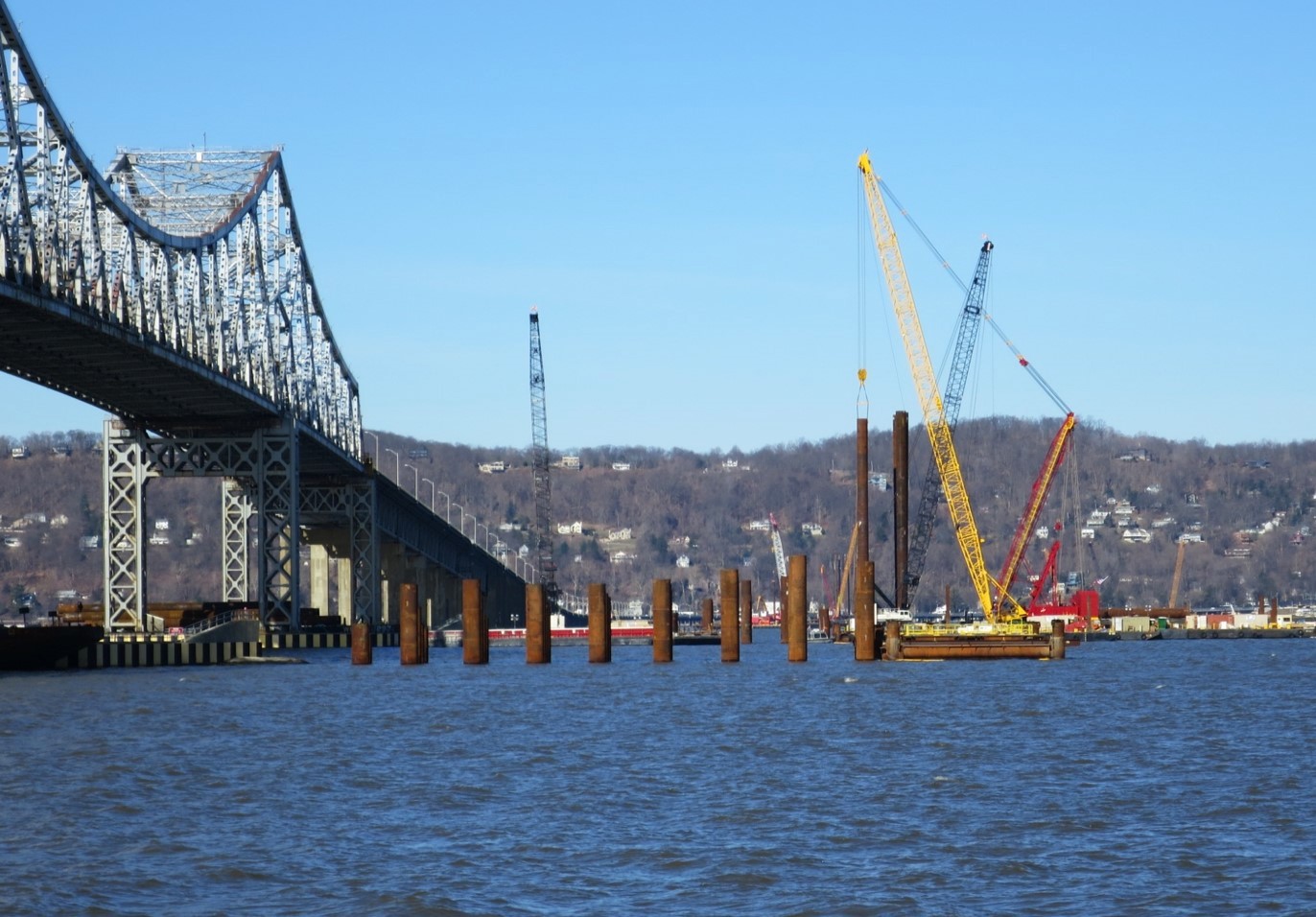


Bridges are built to span physical obstacles such as a body of water, valley, or road, for the purpose of providing passage over the obstacle. Many different designs are possible that all serve unique purposes and apply to different situations. Designs of bridges vary greatly depending on the function of the bridge, the nature of the terrain where the bridge is constructed and anchored, the materials used, and the funds available to build it.
One common element to all bridge designs is that the foundation has to bear concentrated loads and thus needs to be very stable. In many situations, this implies very deep foundations at different locations and environments. Part of these foundations are the abutments needed at each end of the bridge to enable a rapid change in elevation of the supported infrastructure.
As they are usually constructed in densely urbanized areas the designer faces challenges when putting all requirements together. Usually, sheet piles and combined walls are used as they can provide several functions as (temporary) earth retaining structure, foundation, and structural elements.